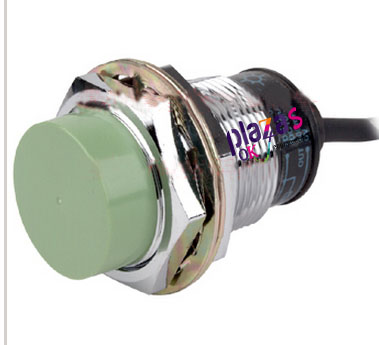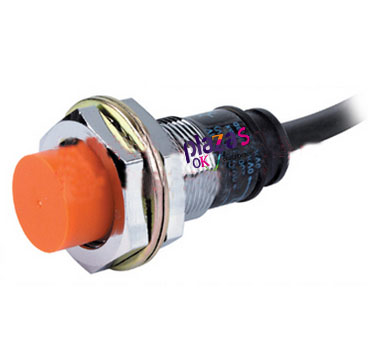What is the structure of the ten potentiometers
What is the structure of the ten potentiometers
What is the internal structure of a small adjustable potentiometer? Today Soundwell will explain to you the structure, advantages and disadvantages of 10 adjustable potentiometers.


1. Synthetic carbon film potentiometer: It is the most used potentiometer. The resistor is made of a mixture of carbon black, graphite, quartz powder, organic binder, etc., and coated on bakelite or glass fiber board.
Advantages: high resolution, wide resistance range;
Disadvantages: high sliding noise, poor heat and humidity resistance.
Varieties: There are ordinary synthetic carbon film potentiometers, small synthetic carbon film potentiometers with switches, single switch (no switch) potentiometers, dual coaxial switchless (switched) potentiometers, dual different shafts without switch ( With switch) potentiometers, small precision synthetic carbon film potentiometers, push-pull switch synthetic carbon film potentiometers, direct sliding synthetic carbon film potentiometers, precision multi-turn synthetic carbon film potentiometers, etc.
2. Wirewound potentiometer: Its resistor body is made of a resistance wire wound on a metal or non-metal plate coated with insulating materials.
Advantages: high power, low noise, high precision, and good stability;
Disadvantages: poor high-frequency characteristics.
Varieties: There are ordinary wirewound potentiometers, ordinary multi-turn wirewound potentiometers, precision multi-turn wirewound potentiometers, straight sliding precision multi-turn wirewound potentiometers, functional precision multi-turn wirewound potentiometers, etc.
3, metal film potentiometer: its resistor body is made of metal alloy film, metal oxide film, metal composite film, tantalum oxide film material deposited on the ceramic substrate by vacuum technology.
Advantages: high resolution, sliding noise is smaller than synthetic carbon film potentiometer;
Disadvantages: small resistance range and poor wear resistance.
4. Solid potentiometer: It is made by mixing and heating materials prepared with carbon black, graphite, quartz powder, organic binder, etc., pressing it on the plastic matrix, and then heating and polymerizing it.
Advantages: high resolution, good wear resistance, wide resistance range, high reliability, and small size;
Disadvantages: high noise and poor high temperature resistance.
Varieties: can be divided into small solid potentiometers, linear solid potentiometers, logarithmic solid potentiometers.
5, single-turn potentiometer and multi-turn potentiometer:
Single-turn potentiometer: its sliding arm can only rotate within a range of less than 3600, which is generally used for volume control;
Multi-turn potentiometer: Every time its shaft rotates, the sliding arm contact changes only a small distance on the resistor body. When the sliding arm changes from one extreme position to the other extreme position, the shaft needs to rotate multiple times. Generally used in precision adjustment circuits.
6, single potentiometer and double potentiometer:
Single potentiometer: A group of potentiometers is controlled by an independent shaft;
Double potentiometer: usually two potentiometers of the same specification are installed on the same shaft. When the shaft is adjusted, the sliding contacts of the two potentiometers rotate synchronously. Some double potentiometers are asynchronous and different axis.
7. Potentiometer with switch: A switch device is attached to the potentiometer. The switch is coaxial with the potentiometer. The movement and control of the switch are divided into two types: rotary and push-pull.
Usage: It is mostly used for volume control and power switch in black and white TV sets. Small rotary potentiometer with switch is mainly used for volume control (or current and voltage adjustment) and power switch in semiconductor radios or other small electronic products.
Type: The number of switches includes SPST, SPDT and double-pole single throw.
8. Straight sliding potentiometer: its resistor body is a rectangular bar, which changes the resistance value by linear movement of the sliding handle connected with the sliding seat.
Usage: Generally used for volume control or balance control in televisions and audio.
9. SMD potentiometer: also known as chip potentiometer, it is an ultra-small linear potentiometer without a manual rotating shaft. Screwdrivers and other tools are required for adjustment.
Type: Divided into 1. Single-turn potentiometer; 2. Multi-turn potentiometer-It is a precision potentiometer, with two structures of vertical and horizontal.
10. Stepping potentiometer: It is composed of a stepping motor, a rotating shaft resistor, and a moving contact. The movable contact can be adjusted manually through the rotating shaft, or it can be driven by a stepping motor.
Purpose: It is mostly used for volume control in audio power amplifiers.
In short, each type of adjustable potentiometer has its advantages and disadvantages. The key is to find the appropriate adjustable potentiometer configuration is the best.





